ID-DOC: general search
Here you can enter a general keyword and perform a general search.
??? What are these question marks doing here? These represent tools which we know by a Dutch or French name, but who's English name is yet unknown. Suggestions are always welcome!
If you cannot find a certain tool, or if you experience other problems with this page, please let us know at info@mot.be.
Search for: tool
Showing search results 251 - 300
1,484 results found
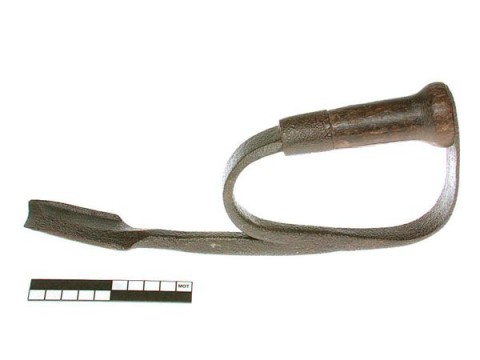
Butteris
This text can only be consulted in Dutch
<https://www.mot.be/resource/Tool/butteris?lang=nl>
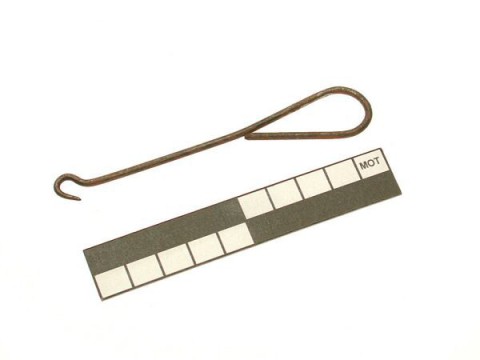
Button hook
The button hook is a small (approx. 10 cm) iron hook - often with a
(decorated) iron, wooden, bone or ivory handle - with which the ladies'
boots used to be tied (1). There is also a model with two hooks of
different sizes. Another model is foldable. Sometimes the button hook is
fitted with a shoehorn at the other end. See also pocket knife. [MOT] (1)
The button hook was sometimes used as a hook for eviscerating poultry
(PETITPRERE: 2131). See further the folding hunting knife. EMMET: 187
states that the button hook was used for gloves.
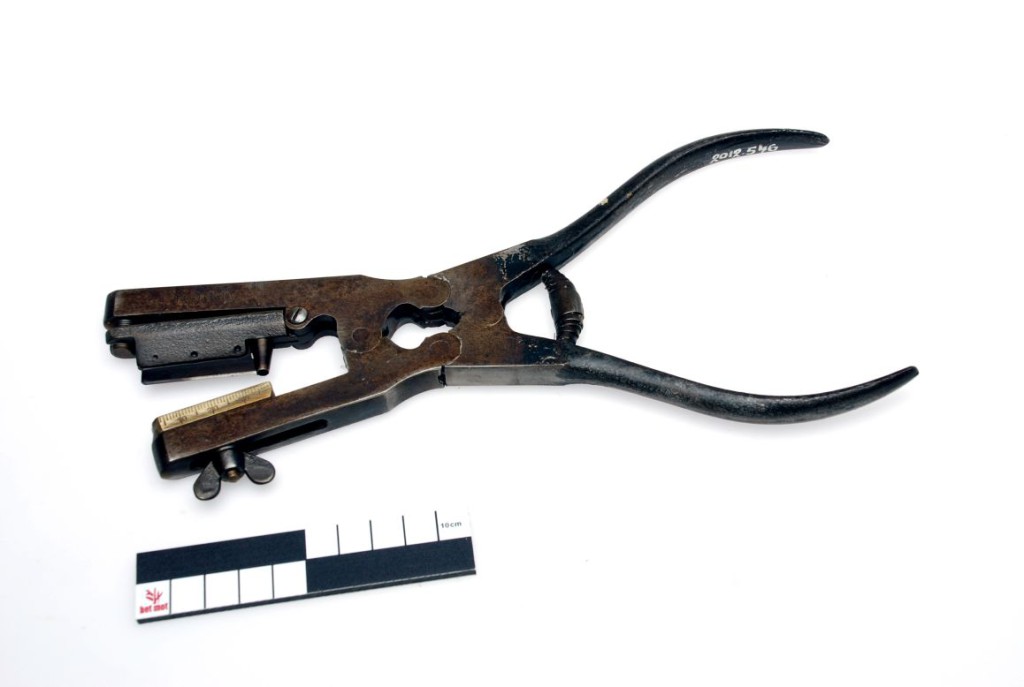
Buttonhole pliers
This text can only be consulted in Dutch
<https://www.mot.be/resource/Tool/buttonhole-pliers?lang=nl>
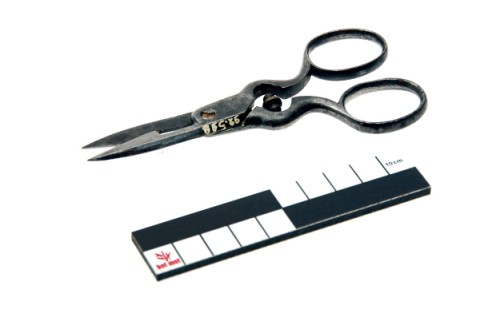
Buttonhole scissors
This text can only be consulted in Dutch
<https://www.mot.be/resource/Tool/buttonhole-scissors?lang=nl>
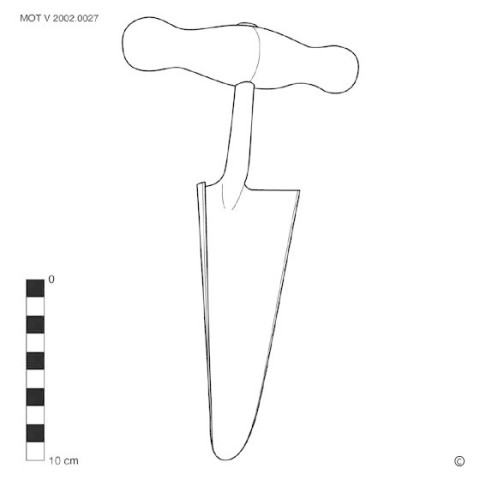
Cabbage corer
Drill resembling a small nave borer (approx. 20 cm long) that is used to
drill the core out of a cabbage before cutting it into pieces. [MOT]
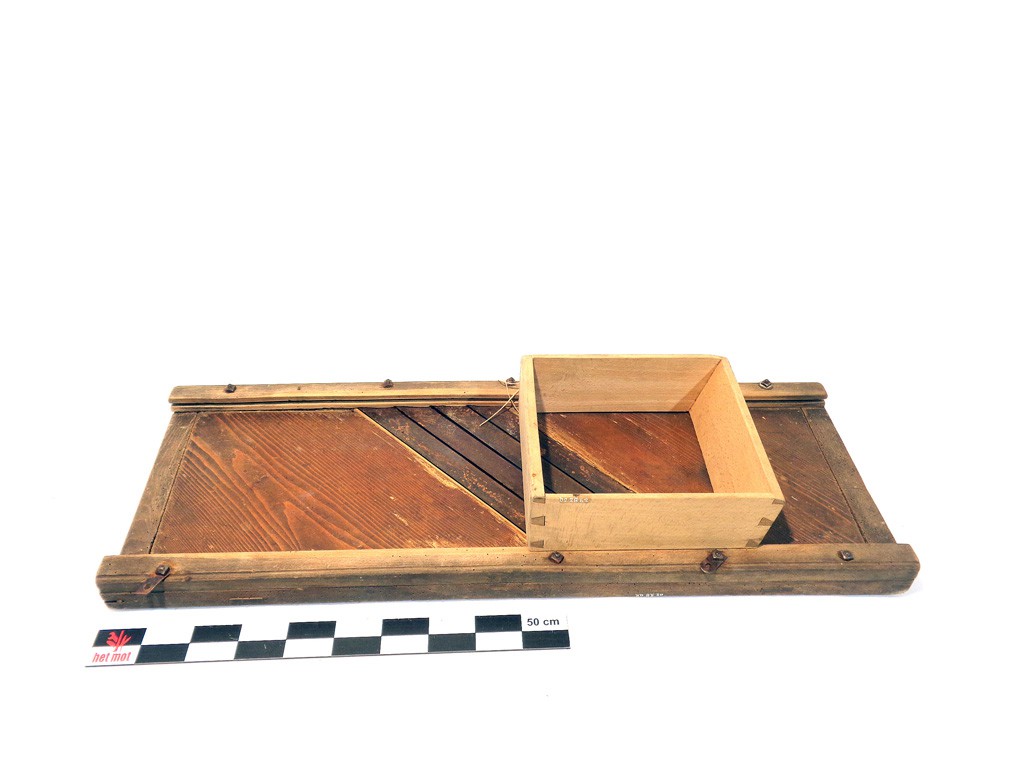
Cabbage grater
Large vegetable plane (approx. 1 m long and 30 cm wide) with which you can
slice half coals into fine pieces for the preparation of sauerkraut. She
has several planer knives that are oblique to the axis of a large wooden
board. A wooden tray without a bottom in which the half cabbage is placed,
slides over the slicer. [MOT]
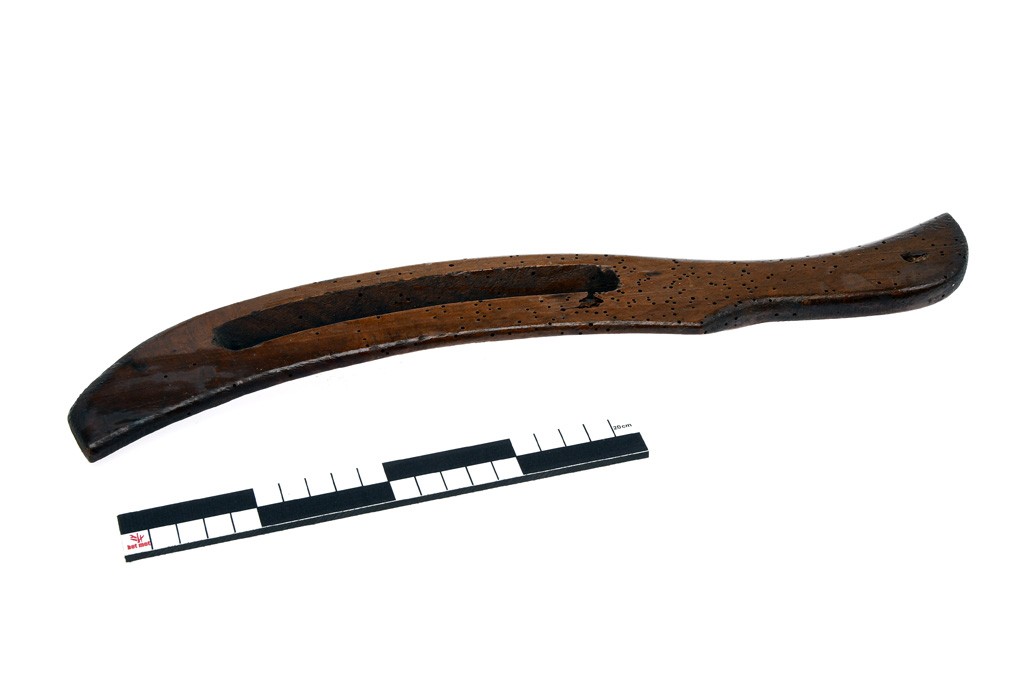
Cabbage knife
This text can only be consulted in Dutch
<https://www.mot.be/resource/Tool/cabbage-knife?lang=nl>
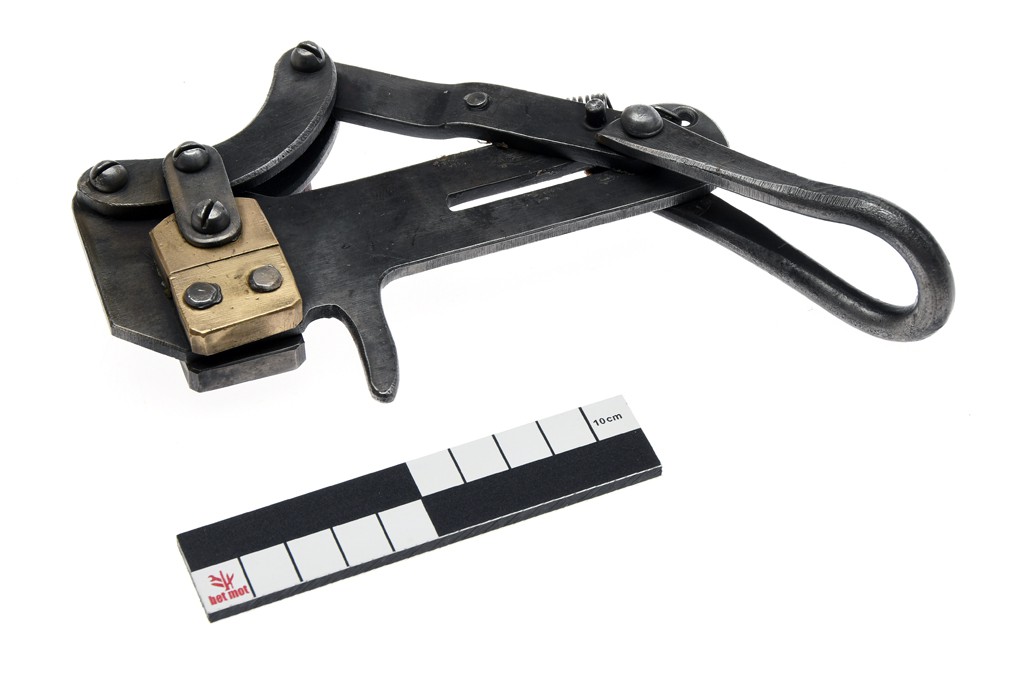
Cable grip
This text can only be consulted in Dutch
<https://www.mot.be/resource/Tool/cable-grip?lang=nl>
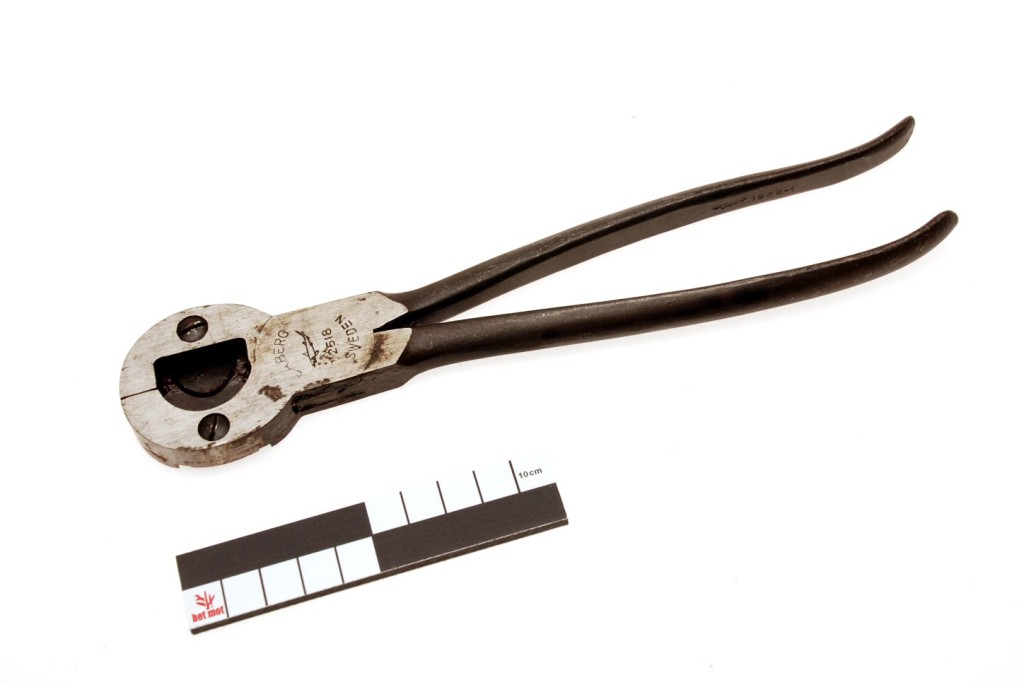
Cable shears
This text can only be consulted in Dutch
<https://www.mot.be/resource/Tool/cable-shears?lang=nl>
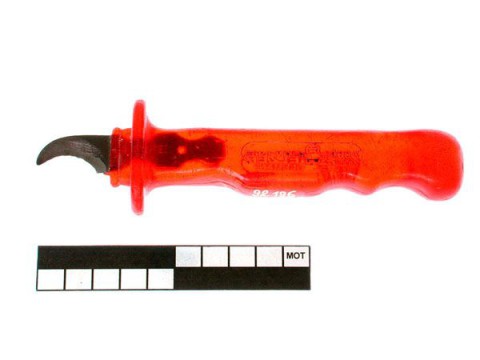
Cable stripper knife
This text can only be consulted in Dutch
<https://www.mot.be/resource/Tool/cable-stripper-knife?lang=nl>
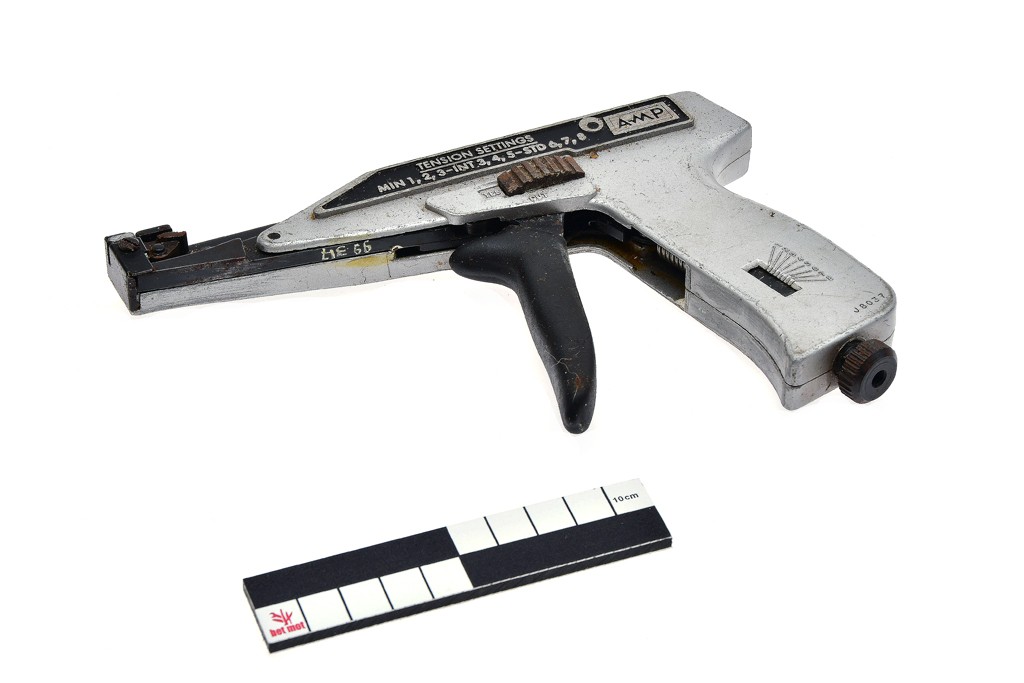
Cable tie pliers
This text can only be consulted in Dutch
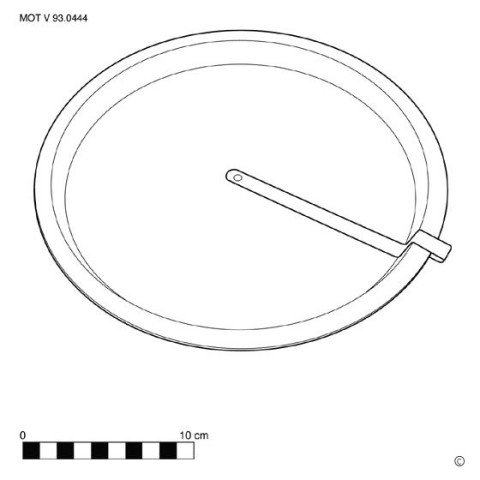
Cake mould
This text can only be consulted in Dutch
<https://www.mot.be/resource/Tool/cake-mould?lang=nl>
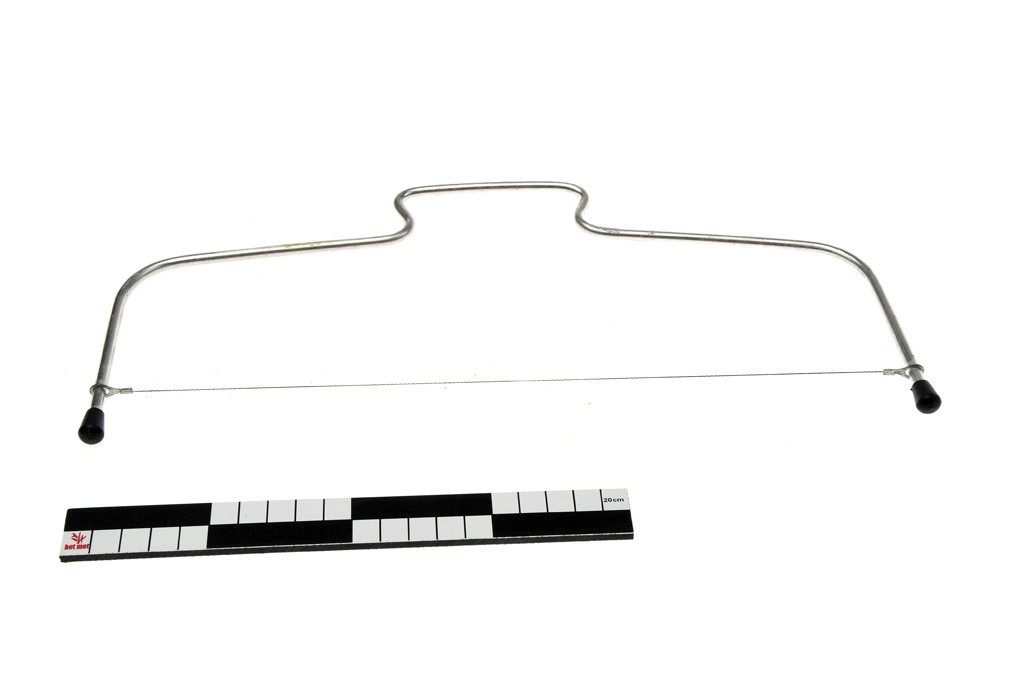
Cake slicer
This text can only be consulted in Dutch
<https://www.mot.be/resource/Tool/cake-slicer?lang=nl>
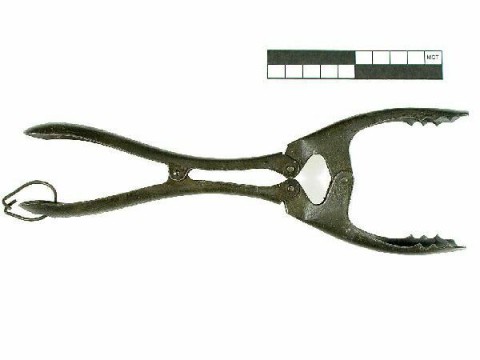
Cake tongs
The baker or the customer takes pastries from the counter with a shovel or
with cake tongs. Her jaws are 3-5 cm wide and sometimes open. The tongs
close around the pastry when the arms are pressed shut. The arms are not
crossed. [MOT]
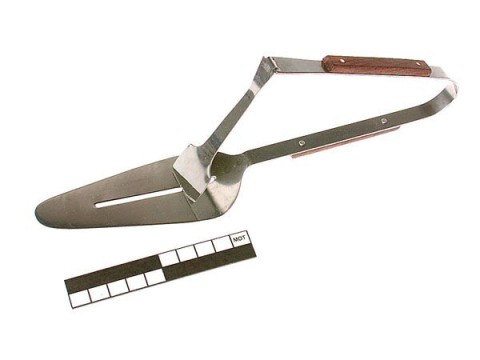
Cake-server
This text can only be consulted in Dutch
<https://www.mot.be/resource/Tool/cake-server?lang=nl>
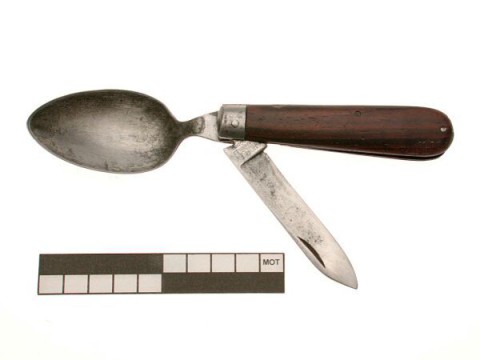
Camping knife
This text can only be consulted in Dutch
<https://www.mot.be/resource/Tool/camping-knife?lang=nl>
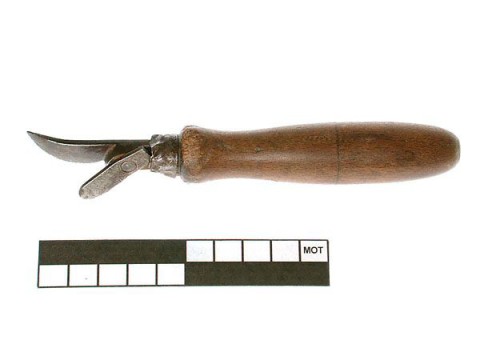
Can opener
Can openers can also be combined with a bottle opener, a corkscrew or a
pocket knife. See also can pierce. [MOT]
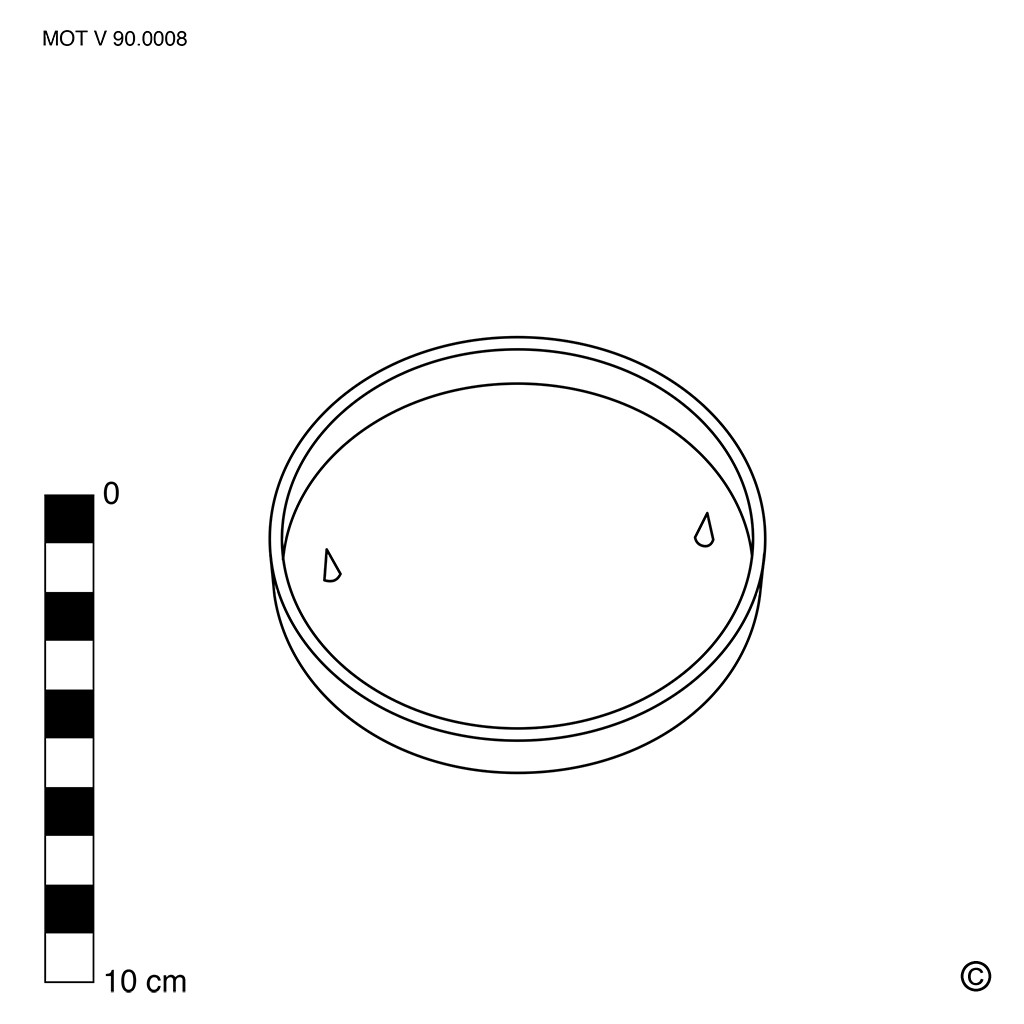
Can pierce
The can pierce is an elongated, flat and short (approx. 10 cm) metal
kitchen utensil with a pointed and bent bottom end with which you can prick
pouring and air holes in cans of milk, fruit juice, oil, etc. It is often
combined with a bottleopener or a corkscrew. There is also a can pierce
with a lid. There are two short nails in a round (plastic) lid. This way,
the container can be closed after piercing. See also paint can opener.
[MOT]
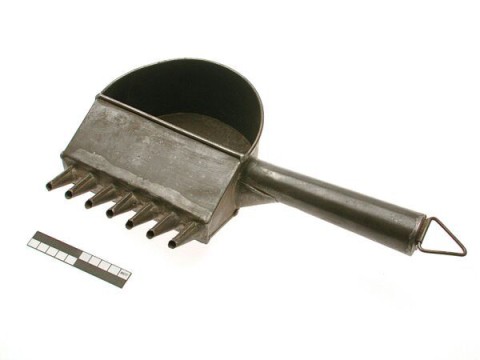
Candy dropper
This text can only be consulted in Dutch
<https://www.mot.be/resource/Tool/candy-dropper?lang=nl>

Caning needle
This text can only be consulted in Dutch
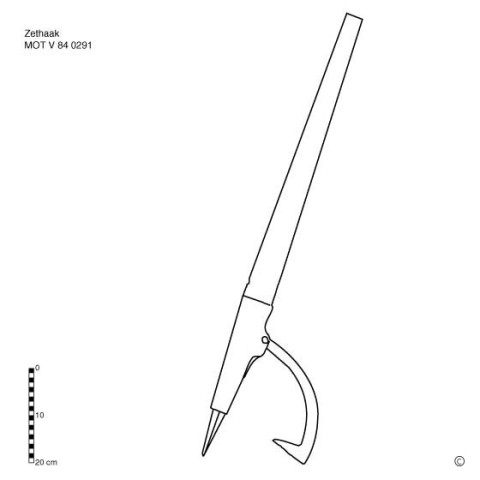
Cant hook
The cant hook serves to turn logs, sometimes beams (cf. ring dog and
sappie). With a modern model, in particular the log jack (1), it is also
possible to lift a trunk to cut it. The tool consists of a wooden rod of
about 1.20-1.75 m, to which a heavy metal hook is attached by means of a
ring. That hook revolves around a spindle. The bottom end is studded with a
metal plate or ends in a metal tip that allows the tool to be pushed (2).
Holes are sometimes drilled in the hook; it is then fixed by means of a
bolt and can be adjusted. The cant hook is used like the ring dog except
that the rod is attached to the ring. In general, two or three men work
together. When working alone, sometimes two cant hooks are used that
alternately roll the log further. The cant hook is mainly used in the
sawmill or at the warehouse. The lumberjack prefers the lighter ring dog.
[MOT] (1) FORBES 1961: 16.17; HUGGARD & OUWEN: fig. 2.7. (2) The tool with
point is called peavey in English. It is said to be of American...
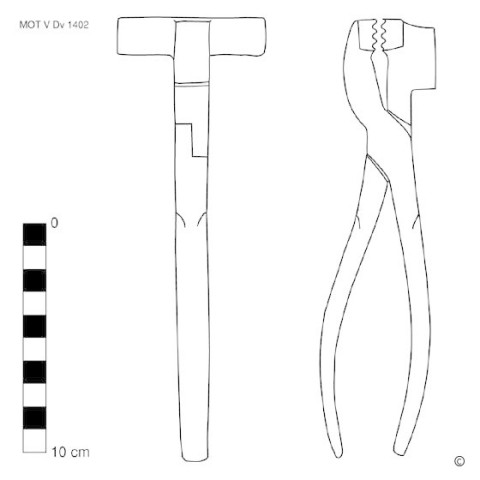
Canvas stretching pliers
This text can only be consulted in Dutch
<https://www.mot.be/resource/Tool/300?lang=nl>
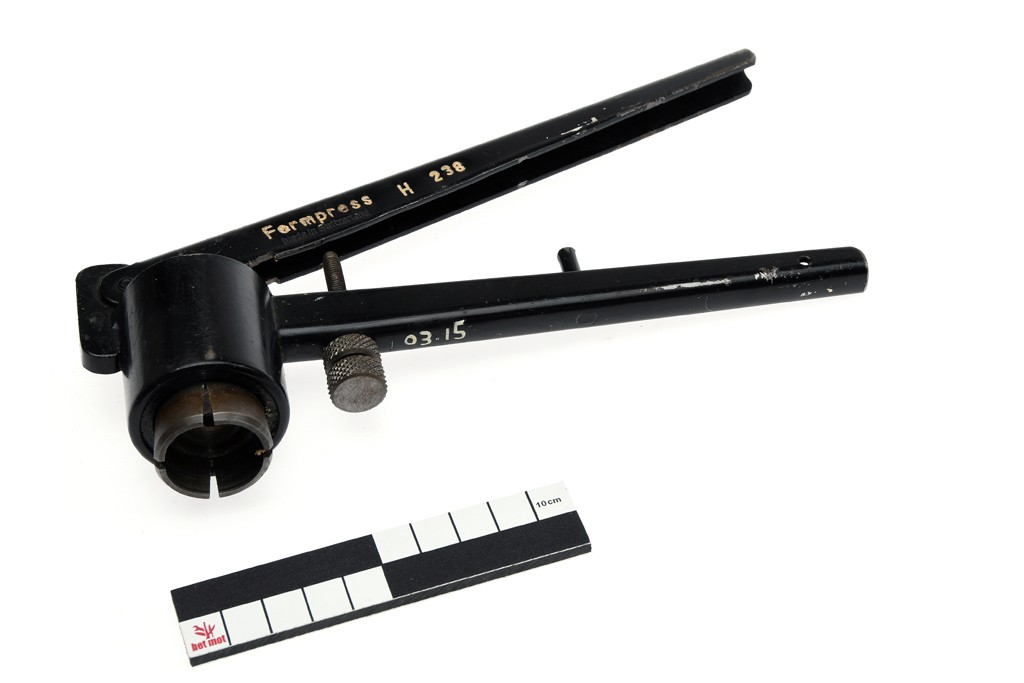
Cap crimper (pharmacist)
This text can only be consulted in Dutch
<https://www.mot.be/resource/Tool/cap-crimper-pharmacist?lang=nl>
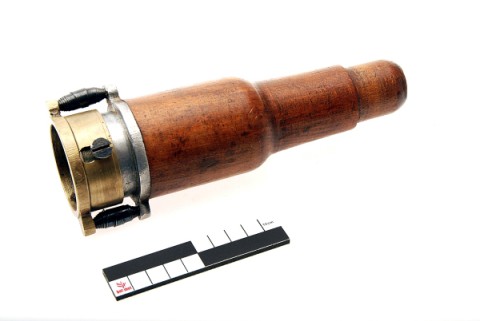
Capsule stamping tool
This tool places a capsule - i.e. a metal cap with pegs at the bottom (1) -
over the spigot of a wine barrel, so that it is sealed and ready for
transport. The tool is knocked with a hammer and the capsule is driven into
the wine barrel. (1) The capsule can be marked with the mark (number) of
the seller or with motifs related to wine growing such as a bunch of
grapes. Yellow capsules are used for white wine, while red capsules are
used for red wine (BRUNET 1925: 262).
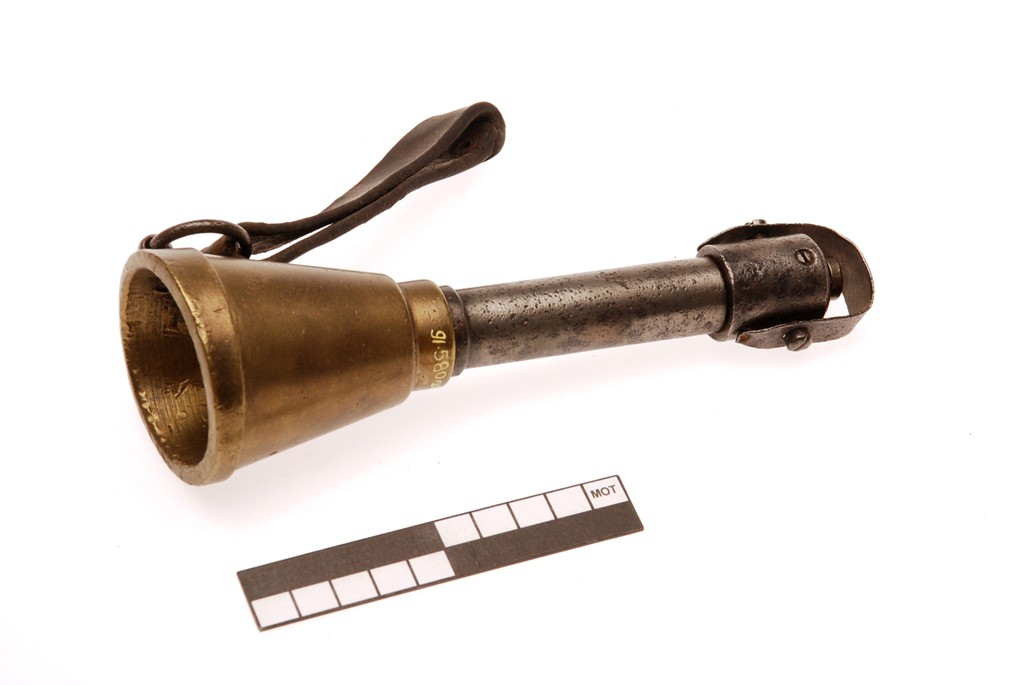
Captive bolt pistol
This text can only be consulted in Dutch
<https://www.mot.be/resource/Tool/captive-bolt-pistol?lang=nl>
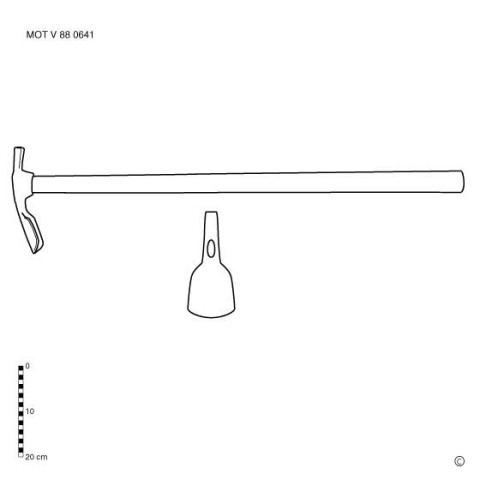
Carpenter's adze, hollow cutting edge
This text can only be consulted in Dutch
<https://www.mot.be/resource/Tool/carpenters-adze-hollow-cutting-edge?lang=nl>
Carpenter's adze, straight blade
This text can only be consulted in Dutch
<https://www.mot.be/resource/Tool/carpenters-adze-straight-blade?lang=nl>
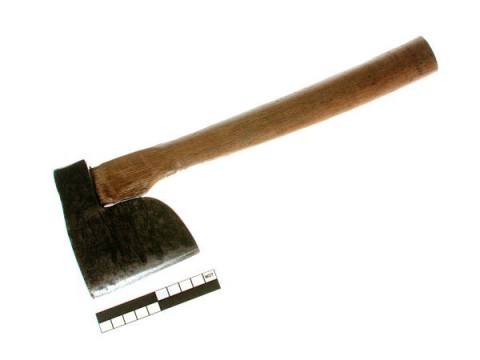
Carpenter's axe
This designation indicates a number of different axe shapes, which are
mainly used by carpenters. However, these axes are also used by other
craftsmen, eg the mason to make scaffolding. It is usually an axe of about
0.6-1.2 kg, with an eye, two bevels and a hammer; the track of the latter
is sometimes split in order to pull out nails. The stem is approx. 30 cm
long. This axe is used for all kinds of purposes during construction: to
cut a notch, make it shorter, hammer a nail, etc. The tool can be
distinguished from the broad axe. See also the woodman's axe. [MOT]
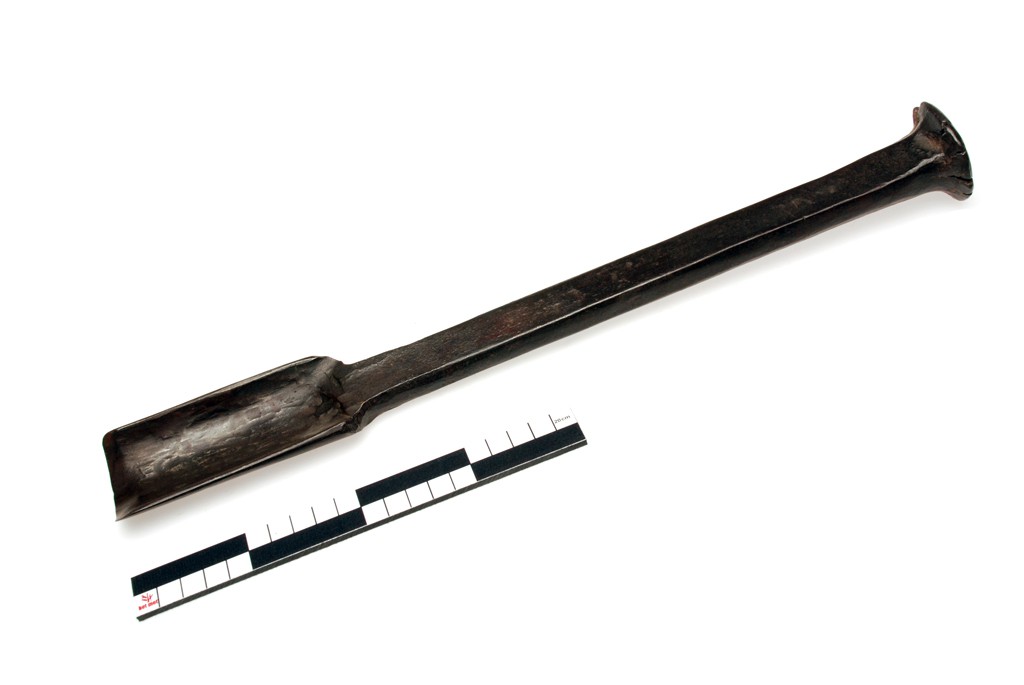
Carpenter's carving gouge
This text can only be consulted in Dutch. This gouge is to be distinguished
from the gouge of the joiner, the wheelwright's gouge and the clog maker's
gouge. [MOT]
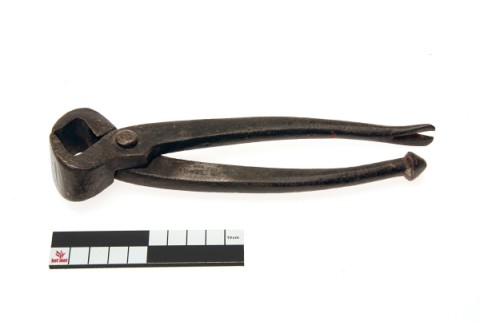
Carpenter's pincers
The carpenter's pincers have strongly curved jaws to pull out nails. Their
gripping surface has also been reduced to a minimum so that the jaws can
possibly clamp under the head of the nail and penetrate slightly into the
nail to get a better grip. Once the pincers hold the nail, they are used as
a lever to pull out the nail. Sometimes a piece of wood is placed under the
jaw to protect the wood surface. Some models have a square opening between
the jaws for loosening nuts. One of the arms sometimes ends in a
screwdriver, a sphere - to protect the hand - or a crow bar. In the latter
case, the arm may be bent outwards because of too much pressure and the
forceps were bent. The pliers are also sometimes used to cut metal wire,
but the jaw is actually not sharpened enough for this purpose. It is better
to use these thongs. Their mouth is sharper and more flattened than that of
the carpenter's pincers. [MOT]
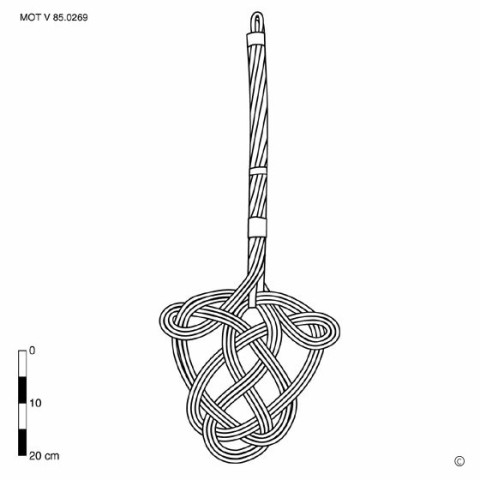
Carpet beater
Hand tool for beating carpets, which are then hung on a clothesline (1). It
consists of a woven reed leaf (approx. 20 cm by 30 cm) and a straight reed
stem (approx. 50 cm). Another model consists of a wooden handle (approx. 30
cm) to which a rubber loop (approx. 25 cm) is attached and another is made
of pleated bamboo, which is tied together by means of iron wire. See also
the clothes beater. [MOT] (1) There are also horsehair "pillow beaters" (DU
CAJU: 240).
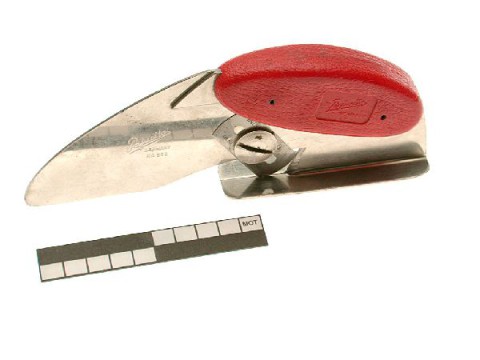
Carpet cutter
This text can only be consulted in Dutch
<https://www.mot.be/resource/Tool/carpet-cutter?lang=nl>
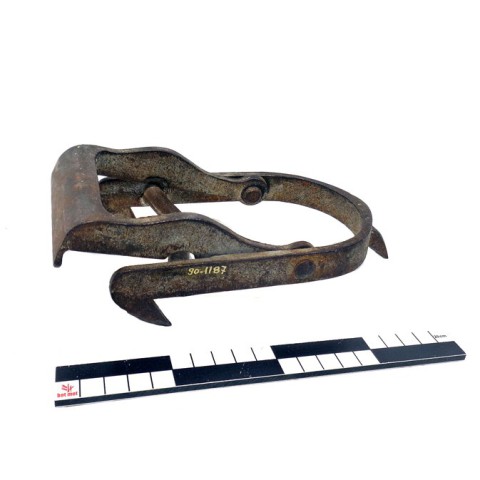
Carpet stretcher
This text can only be consulted in Dutch
<https://www.mot.be/resource/Tool/carpet-stretcher?lang=nl>
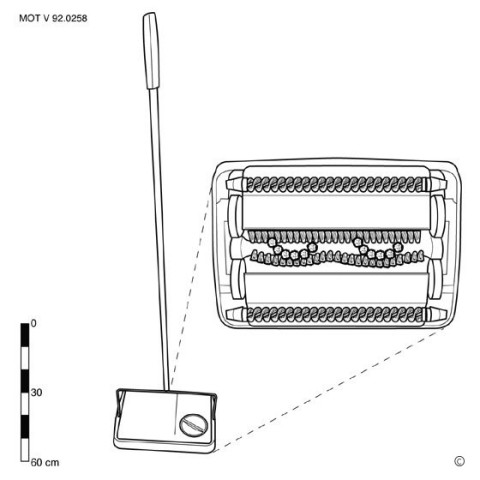
Carpet sweeper
This text can only be consulted in Dutch
<https://www.mot.be/resource/Tool/carpet-sweeper?lang=nl>
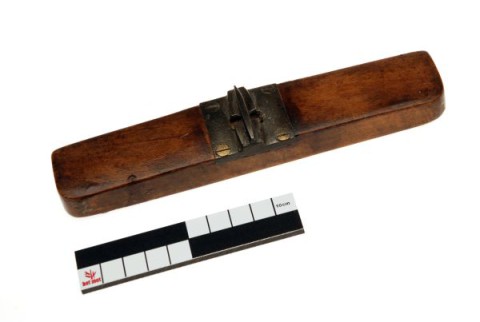
Carriage maker's router plane
The coachmaker uses a special router plane for planing straight, concave or
convex edges, for example on doors, and for making laterally curved wooden
frames. More technical information on this page in dutch. [MOT]
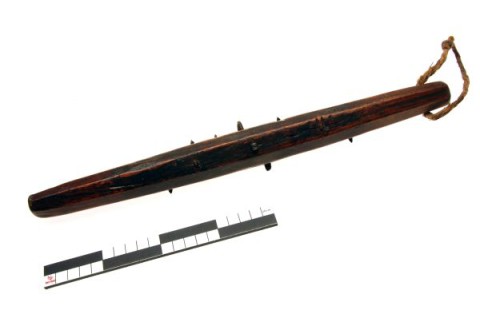
Cartwright's compass
The cartwright's compass is a four- or six-sided wooden block with three iron points in each direction. It serves the wheelwright to mark the diameter of the wheel hub in order to use the lathe and core the hub. [MOT]
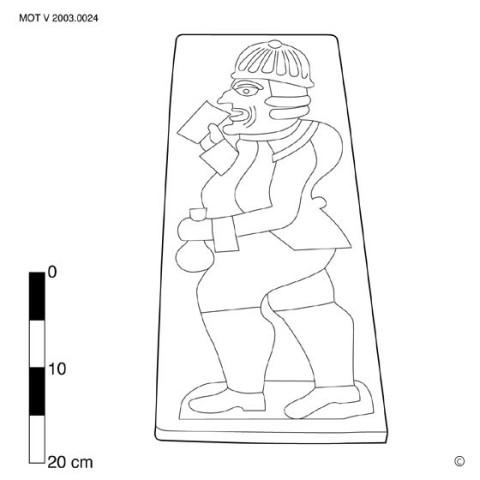
Carved wooden cookie mould
Wooden board with one or more carved figures - such as a drunkard, jester,
Saint Nicholas, etc. The dimensions vary from 10 to 75 cm. First, the mould
is sprinkled with rice flour or brushed with oil and then the dough is
firmly pressed into the mould, cut and beaten to be able to bake it in the
oven. The result is a gingerbread cookie, called 'speculaas' in the low
countries, or a brown, very chewy cake of rye flour and syrup. [MOT]
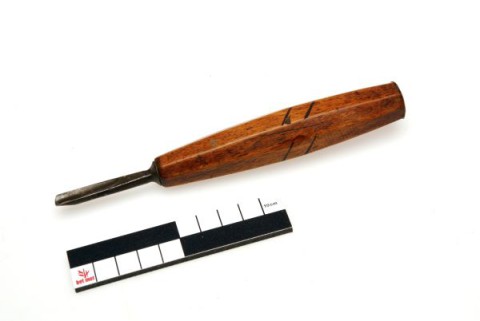
Carver's gouge
This text can only be consulted in Dutch
<https://www.mot.be/resource/Tool/carvers-gouge?lang=nl>
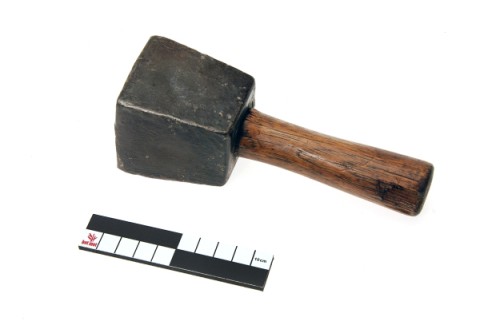
Carver's mallet (metal)
Metal carver's mallet is a metal hammer with a short handle (approx. 10 cm)
in the center of the base of a cylinder or the top of a truncated cone, as
with the wooden carver's mallet. It can also be square with sides that
diverge wider towards the end of the hammer head. With this mallet you can
give powerful blows and it is mainly used on hard stone types in
combination with a chisel. See also the stonemason's hammer. [MOT]
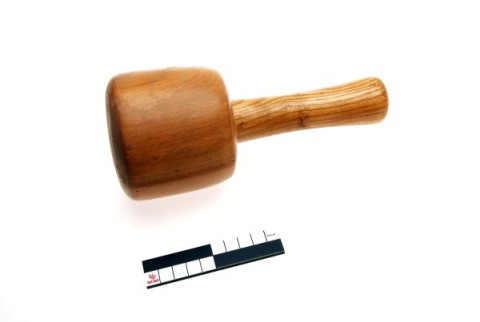
Carver's mallet (wood)
This text can only be consulted in Dutch
<https://www.mot.be/resource/Tool/carvers-mallet-wood?lang=nl>

Carving fork
When you pre-cut a large piece of meat with a carving knife, you can hold
that meat with a carving fork. It has fairly long (approx. 7-10 cm) -
usually three - sturdy teeth and a handle made of plastic, wood, stag horn,
stainless steel, silver or ivory. Between the blade and handle there is
usually a bumper to protect the hand if the knife should slip; often there
is also a folding stick so that the fork does not penetrate too deep into
the meat. See also carving tongs. [MOT]
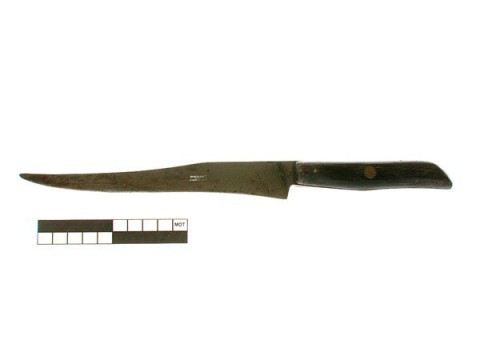
Carving knife
Large pieces of meat are pre-cut with a carving knife. It has a slightly
flexible blade (approx. 25-30 cm long) with a sharp, sometimes curved point
with which the meat can be cut loose from the bones. In the past, carving
knives were quite wide so that the meat could also be served with them.
Most carving knives have a 3/4 or full tongue. The handle can be made of
all kinds of materials: plastic, wood, stag horn, stainless steel, silver
or ivory. The stiffer knives serve to pre-cut beef, pork or lamb; slightly
flexible knives are used for poultry. It is often used in conjunction with
a carving fork. See also ham slicer. [MOT]
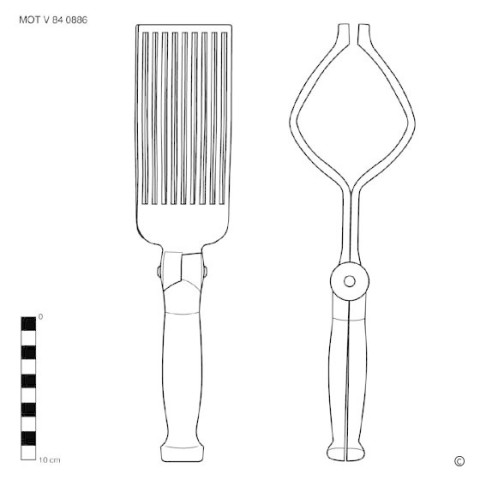
Carving tongs
The carving tongs make it possible to clamp a piece of roast, so that it
can be cut easily. The jaws are quite large, wide and arched. They consist
of bars that are regularly spaced from each other. You can cut between the
bars with a knife to obtain discs of the same thickness. See also the
carving fork and carving knife. [MOT]
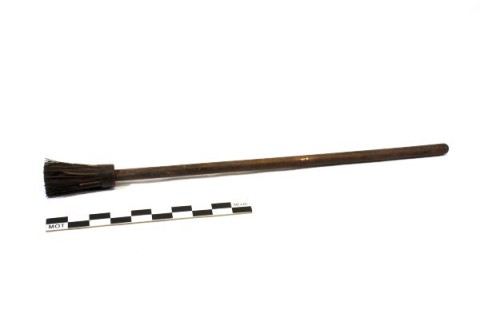
Cask-scrub
The cask-scrub is a brush used in a brewery to sand and wash the barrels on
the inside. The working part is made of heather, baleen, etc. and attached
to a wooden handle (approx. 100 cm). [MOT]
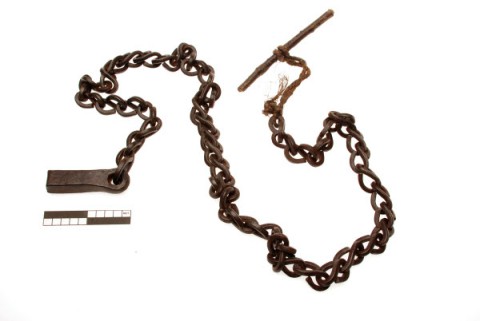
Cask-washing-chain
Chain with square or S-shaped links that is shaken in a barrel to clean it.
Often a weight is attached to one end and a wooden or iron toggle to the
other. Sometimes the links can be covered with horsehair (1). [MOT] (1) Eg.
fig. 30 in QUICKE: 67.
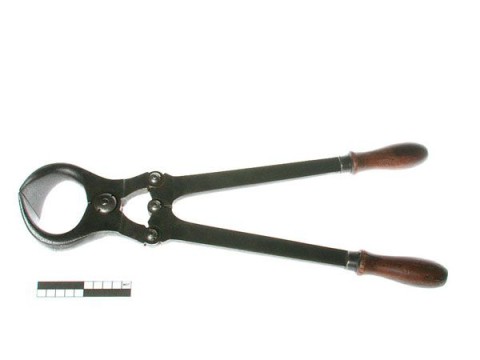
Castration tongs
The castration tongs (1) are relatively heavy (approx. 2-5 kg) tongs with
long arms (approx. 30 cm) and a wide beak (approx. 8 cm) with strongly
curved jaws, which are used to castrate bulls. If necessary, there is a
U-shaped bracket on the underside of one of the arms that can be placed on
the knee as support. The jaws of the forceps are placed successively behind
both testicles - at the level of the spermatic cord - and the forceps are
squeezed closed for about thirty seconds. After a few days, the scrotum
begins to shrivel; the testicles shrink and die. See also the emasculator
scissors. [MOT] (1) See BERTHELON.
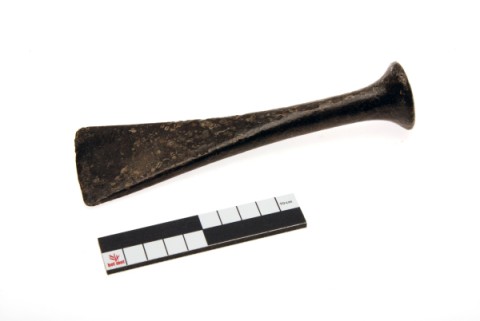
Caulking iron
This text on the caulking iron can only be consulted in Dutch. [MOT]
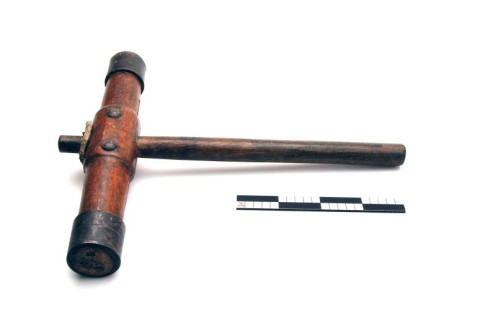
Caulking mallet
This text can only be consulted in Dutch
<https://www.mot.be/resource/Tool/caulking-mallet?lang=nl>
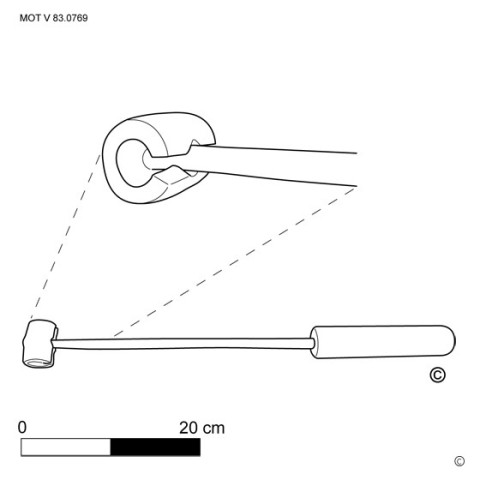
Cauterizing iron
After the tail of draft horses has been cut with a docking iron, the wound
is burned with a cauterizing iron. To stop the bleeding, the heated iron is
pressed against the wound with the ring-shaped end for 8-10 seconds so that
it fits over the slight bulge of the tailbone. If necessary, this operation
is repeated until no more blood escapes. [MOT]
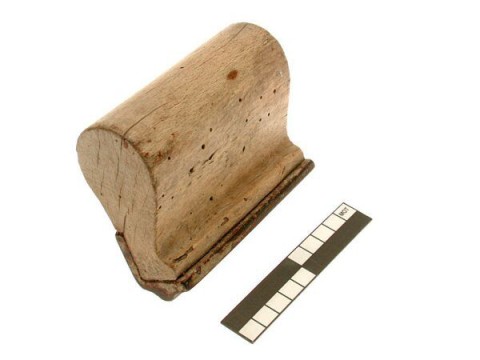
Cement jointer
This text can only be consulted in Dutch
<https://www.mot.be/resource/Tool/cement-jointer?lang=nl>
